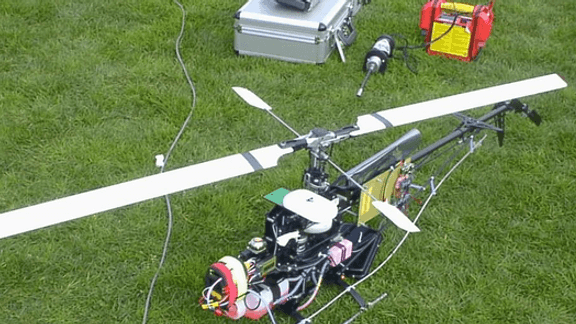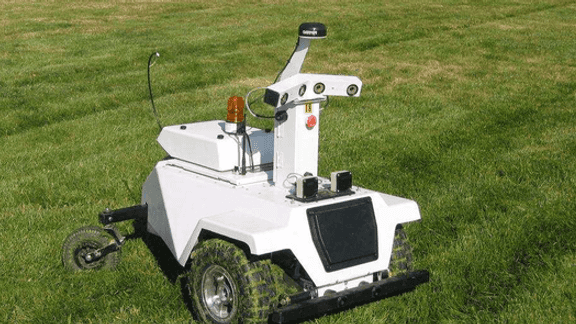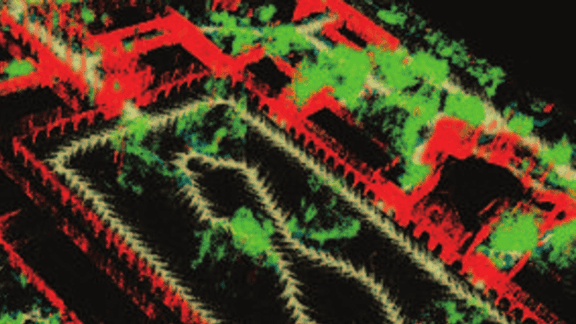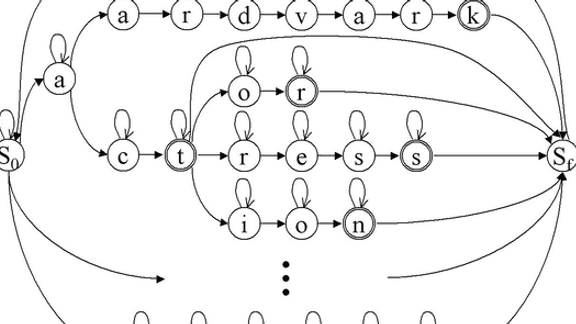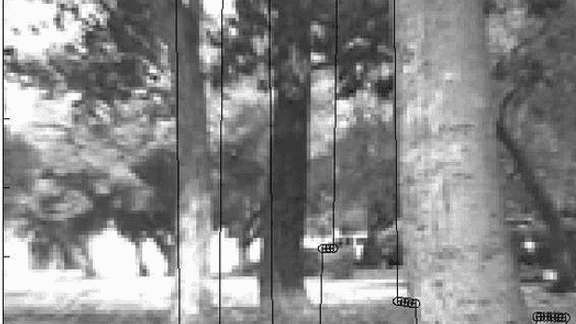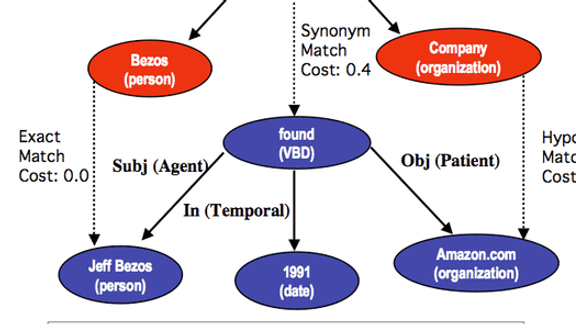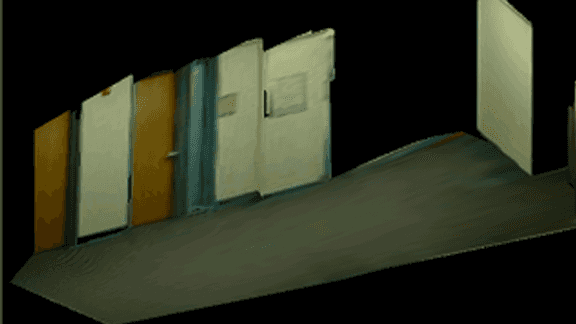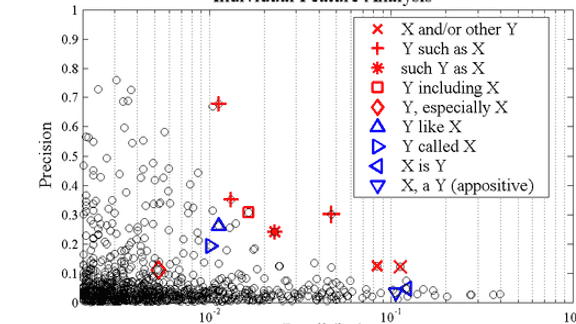
Learning Syntactic Patterns for Automatic Hypernym Discovery
Semantic taxonomies such as WordNet provide a rich source of knowledge for natural language processing applications, but are expensive to build, maintain, and extend. Motivated by the problem of automatically constructing and extending such taxonomies, in this paper we present a new algorithm for automatically learning hypernym (is-a) relations from text. Our method generalizes earlier […]

